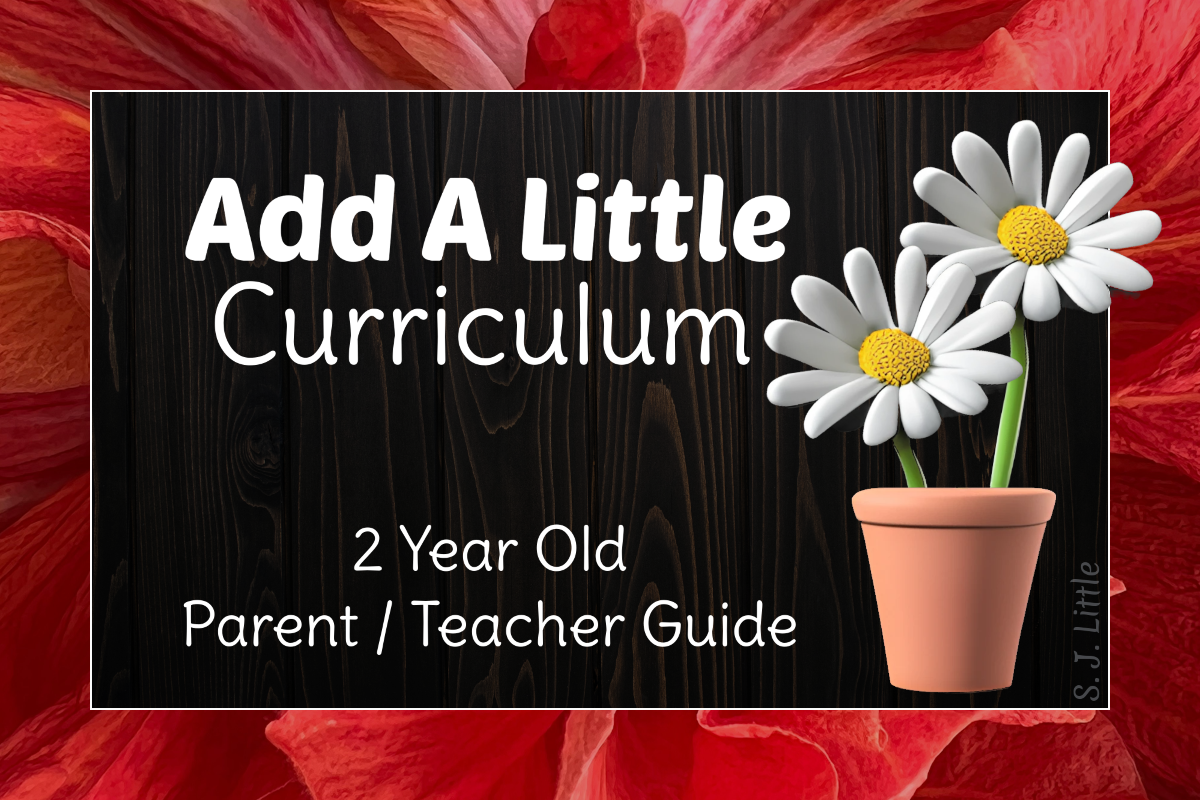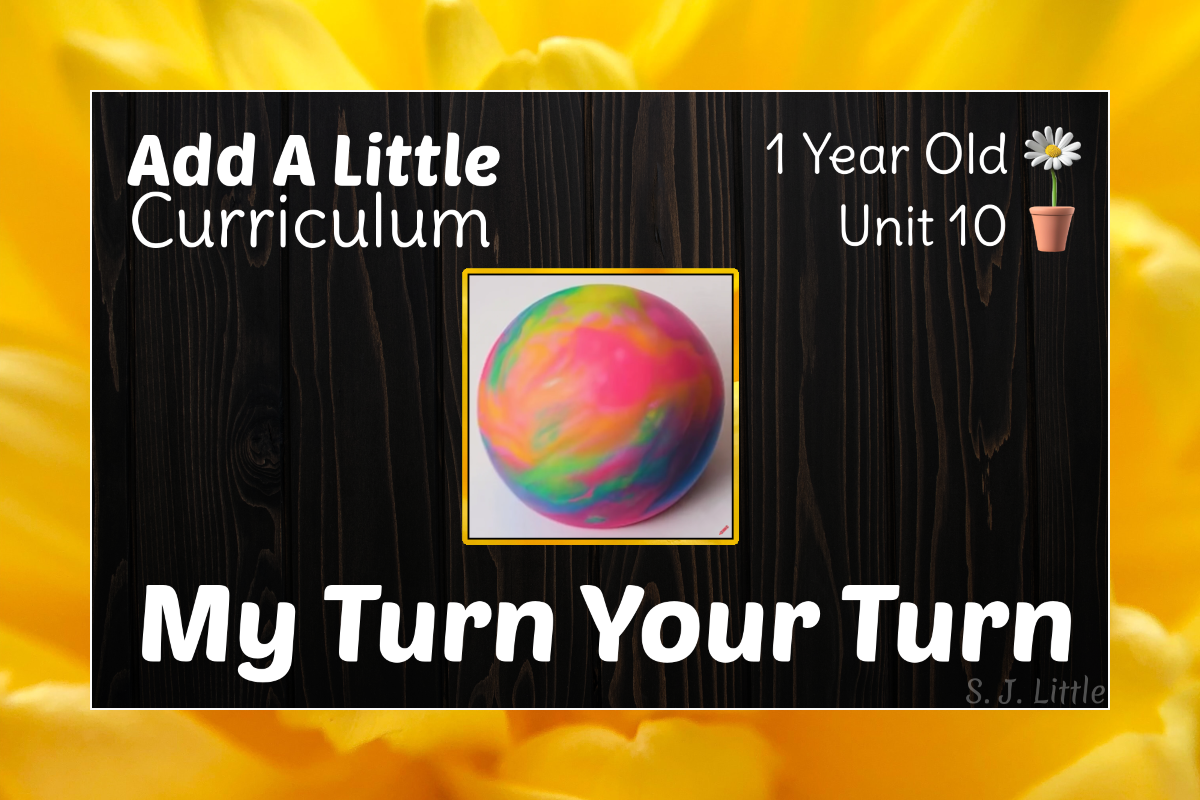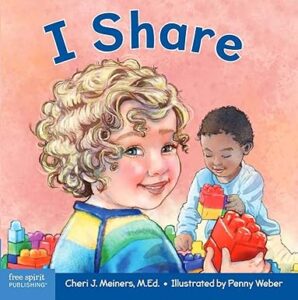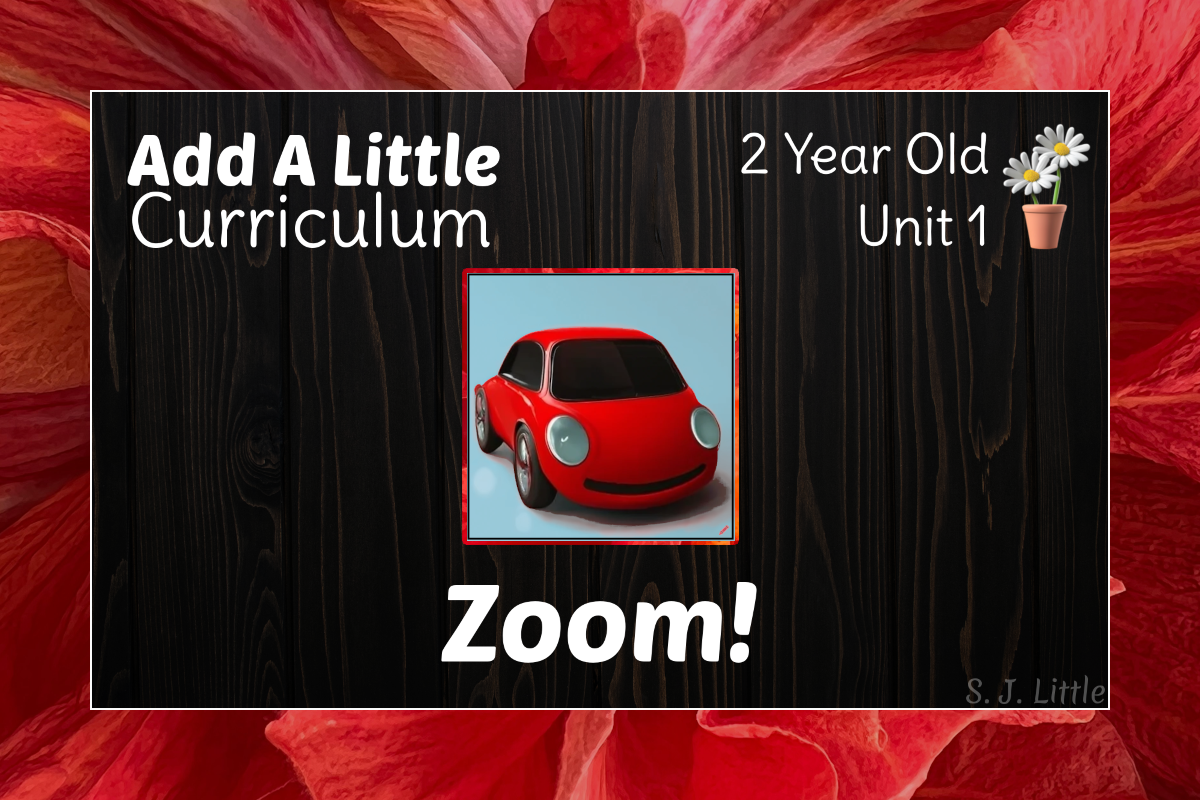
Add A Little – 2 Year Old Curriculum – Unit 1
Zoom!
Developmental Focus: Fast vs. Slow
Want to learn more? Check out the Add A Little 2Y Parent / Teacher Guide
Disclaimer: All activities require adult supervision and discretion. Read more…
Muscle Moving
Run, Run, Run
Prep:
- Clear an area for running. Ideally find an area that allows for continuous running in a circle. Otherwise, a hallway or the length of a room will do.
(The more children you have, the more valuable having a circle to run in can be. This helps decrease incidents of children running into each other.)
Time to Play:
- Run with your child in the space you have cleared for at least a minute or two. Be encouraging as you run.
- Encourage your child to continue running.
- After giving your child some time to burn through some of their energy, join in again, but this time moving very slowly. Encourage your child to move slowly with you.
- Continue moving, alternating between fast and slow.
- For more advanced children, consider adding other movements such as hopping, taking big steps, taking little steps, and walking backwards.
- (When teaching 2 year olds, I love to begin or end each gym time with having the whole class run in a circle. It amazes me how much their endurance increases after only a few days of running.)
Brain Boosting
Ramp
STEM – experimenting with friction and gravity
Supplies:
- One large but relatively flat cardboard box, or one wide board
- Something to prop the box on, ideally about the shoulder height of your child. This could be your couch, a chair, or a half-height bookshelf.
- Toys that roll well – cars or balls
- Toys that slide slowly rather than rolling – stuffed animals, bean bags
Prep:
- Prop the box or board against the chair, or whatever you are using.
- Experiment a few times to figure out what angle works well by rolling a ball or car down the ramp.
Time to Play:
- Invite your child to join in the fun by rolling balls and cars down the ramp.
- Talk about how the balls and cars go fast!
- Encourage your child to try sliding other things down the ramp like a stuffed animal.
- Talk about how the stuffed animal goes slow because it is rubbing on the ramp rather than rolling – that’s called friction.
Let’s Sing
Clap Fast and Slow
Let’s Read
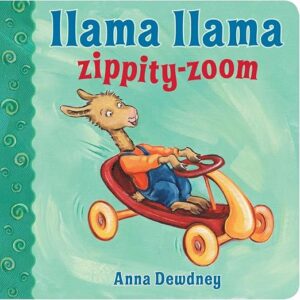
Llama Llama Zippity-Zoom
Anna Dewdney
Let’s Sing
Christian Song
Peter and John Went to Pray (Silver and Gold)
Let’s Read
Bible Story
Peter and John Went to Pray
Acts 3:1-10
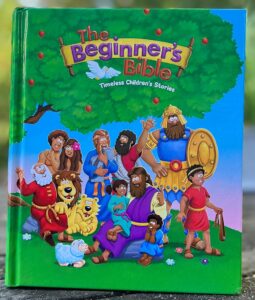
Beginner’s Bible Chapter:
The Lame Man
Page 484

